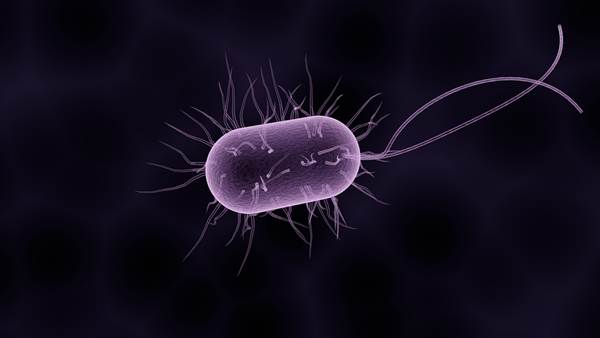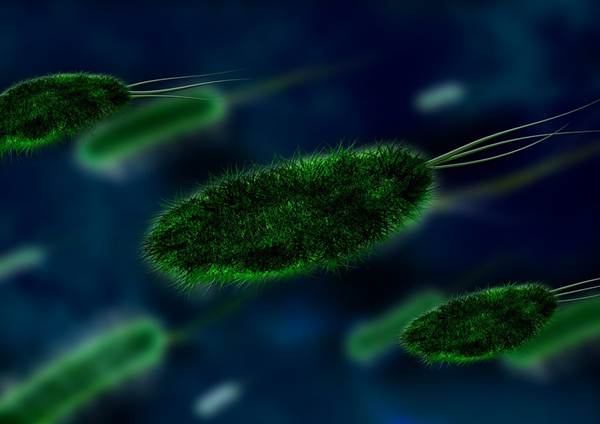
You don’t have to be a scientist to know that bacteria can be found everywhere around us: in the air, water and soil. And while the general term bacteria usually refer to something negative, it’s important to realize that there are both good and bad bacterium and that the vast majority of these microscopic organisms are harmless to people. Of course, if it so happens that it comes to the so-called proliferation of a harmful strain of bacteria on or inside the body, that’s when we have a problem. This is called a bacterial infection and if not treated properly, and on time, it can cause some major health issues. Today, we’re going to focus on some of the most common bacterial skin infections and proper ways to treat them.

Impetigo
Characterized by red sores that pop easily with a remaining yellow crust, Impetigo is a common skin infection cause by one of the two bacteria – streptococcus pyogenes or staphylococcus aureus. The condition is highly contagious and it mostly affects areas on the face, neck and hands. Impetigo mostly affects young children and infants, but with proper hygiene and treatment, this skin infection usually goes away during 2-3 weeks.
Folliculitis
The inflammation of the hair follicles is called folliculitis and it’s usually distinguished by small red pimples with a hair in the center. The infection can affect all body areas and are mostly caused by irritations of the skin, tight clothing and spending time in unsanitary pools or hot tubs. The treatment usually consists of an antibiotic wash and topical clindamycin, but in more severe cases it requires the use of antibiotics like doxycycline.
Furunculous
A more severe case of folliculitis is named furunculous or simply put: boils. These are deeper infections of the hair follicle and are caused by the bacterium Staphylococcus aureus. The infected area is swollen with pustular drainage and dead tissue. In order to treat this infection, the use of antibiotics, incision and drainage and warm compresses are necessary. Carbuncles infection represents a severe abscess or multiple boils on the skin and is treated in the same manner.
Erysipelas
Sometimes also known by the name St. Anthony’s fire, erysipelas is a bacterial infection which involves dermal lymphatic vessels. The most common affected areas are the legs and the face and young children and elderly people are in greater risk of falling ill of it. Because it’s mostly caused by the beta-hemolytic streptococcus, erysipelas is commonly treated with penicillin.
Cellulitis
Red, swollen and painful, cellulitis is a deeper infection than erysipelas which extends to the subcutaneous tissue. The causes of cellulitis are plenty and trauma, ulcerations, surgical wounds and even a body piercing can be a trigger for this infection. If not treated on time, cellulitis can be potentially quite dangerous and treatments usually involve antistaphylococcal antibiotics, warm compresses and proper hygiene. There are also preventive measures that you can take in order to avoid this infection like maintaining proper hygiene, washing and moisturizing the skin on regular basis, properly treating other skin infections if they occur, but also carefully considering surgeons and clinics who perform surgeries, piercing and other procedures.
While there’s a majority of bacterial infections which may affect the human body, most of these conditions can be treated with the right set of antibiotics and proper hygiene. There’s plenty of ways how these bacteria can get infected and cause some serious damage to the human body, but with proper prevention, it can all easily be avoided. It’s also important to note that these were some of the most common skin infections caused by bacteria and are not to be confused with common yeast and fungi infections, which are a completely different set of conditions.

Leave a Reply